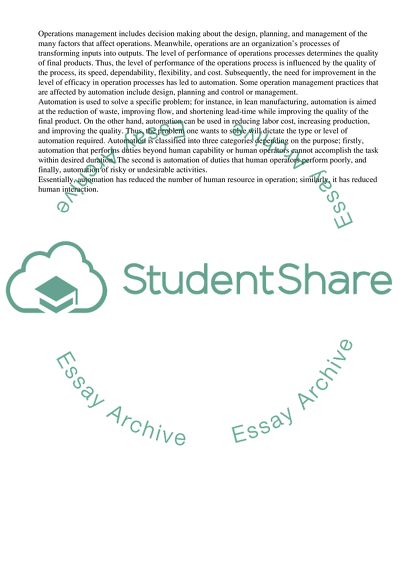Cite this document
(How will Automation Affect Operations Management Practices over the Research Paper - 1, n.d.)
How will Automation Affect Operations Management Practices over the Research Paper - 1. Retrieved from https://studentshare.org/management/1751636-how-will-automation-affect-operations-management-practices-over-the-next-decade
How will Automation Affect Operations Management Practices over the Research Paper - 1. Retrieved from https://studentshare.org/management/1751636-how-will-automation-affect-operations-management-practices-over-the-next-decade
(How Will Automation Affect Operations Management Practices over the Research Paper - 1)
How Will Automation Affect Operations Management Practices over the Research Paper - 1. https://studentshare.org/management/1751636-how-will-automation-affect-operations-management-practices-over-the-next-decade.
How Will Automation Affect Operations Management Practices over the Research Paper - 1. https://studentshare.org/management/1751636-how-will-automation-affect-operations-management-practices-over-the-next-decade.
“How Will Automation Affect Operations Management Practices over the Research Paper - 1”, n.d. https://studentshare.org/management/1751636-how-will-automation-affect-operations-management-practices-over-the-next-decade.


